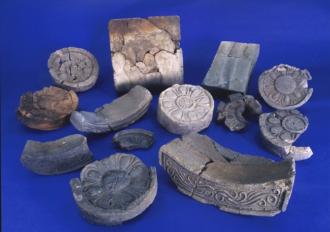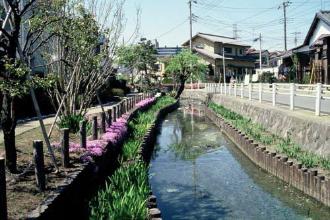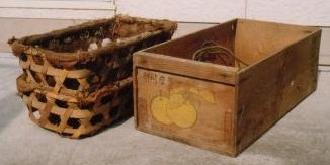Update date: August 30, 2013
Primitive・Ancient Noinagi
Inagi City So, Primitive・Ancient of Ruins There are more than 160 discovery It is believed that the Paleolithic From the era Beginning Mari, Jomon Era, Yayoi Era, Ancient tombs Era, Nara Times and Continued These Ruins From at that time of people Used by Earthenware or Stone tools , Pit dwellings of Trace etc. discovery And, Primitive antiquity of the people life of state of story I am. Primitive antiquity of Ruins teeth, Tama Hills Among region from discovery It is often done, at that time of Inagi City Area Is very Living Easy to see place It seems that this was the case.
city of Ruins from discovery was done Earthenware or Stone tools teeth, Inagi City Local History Museum You can see it at.
Local History Museum
- Local History Museum of address Inagi City Hirao 1-9-1. Friend Hirao It is located on the second floor.
- Opening hours is open from 9am to 5pm. Every week We are closed on Mondays.
More details Contents of Tone To do this, you need the following book: reference It will be.
- "Inagi's History Revised edition "
- "Inagi history and Cultural Assets "Etc.

Discovered roof tiles from the Nara period
Edo Period Noinagi
Edo period When it comes to people teeth village of unit As life I was doing that. at that time of Inagi City Area for, Yanoguchi village, Naganuma village, Daimaru village, Hyakumura , Sakahama village, Hirao There were six villages. These Villages teeth Rice Making center In this village, farmers of Representative As Headman The village Politics I got the result.
Edo period What was created in Daimaru Waterway There is. Daimaru of Tama River Water from Pull Made with care Agricultural Water in, Daimaru village, Naganuma village, Yanoguchi Village and downstream of Villages Water was used in the rice fields. Daimaru Waterway The water is hard It was a neat thing.
Edo period of Resources or Daimaru Waterway The thing is, Inagi City Local History Museum You can see it at.
More details Contents of Tone The next book is reference It will be.
- "Inagi's History Revised edition "
- "Inagi history and Cultural Assets "Etc.

Daimaru water canal built in the Edo period
Modern Noinagi
Meiji Period from Showa August 20 End of the war ( war but End Won time ) Modern It is called. Meiji In April 2022, six villages merger do, Inagi Village but birth I did. Meiji In 26 years, Kanagawa prefecture of Inagi Village, Minamitama District from Tokyo Prefecture of Inagi Village, Minamitama District It has changed.
Meiji Period from, Inagi of pear The construction Full It became like that. Meiji In the 1930s, Chojuro ", 20th century "such as pear but Inagi in production And then, pear Making Full It became like that. Inagi of pear Making Beginning Mari is, Edo period That's why.)
Showa In two years Nanbu Railway ( the current of Nambu Line )but Daimaru to Opening Also Showa In 10 years Tamagawahara Bridge but Opening And gradually life but convenience It has become.
More details Contents of Tone The next book is reference It will be.
- "Inagi's History Revised edition "
- "Inagi City history and Cultural Assets "Etc.

Pear shipping box and pear basket
present day Noinagi
Showa In August 20 war but End After that, Era of present day It is called. war By Inagi of Agriculture teeth, Production volume was decreasing, but gradually recovery I have been doing so. Showa In 2023 Agricultural Cooperatives was created, Rice Manufacturing pear The construction is gradually Full It's becoming like that. war By Temporary Few The lost village population If gradually Increase I have come across this.
Showa In September 2012, Osatate area but Tama Village ( the current of Fuchu City )from Inagi Village To Transfer It was done. Showa In April 1957, population but Increase And, Inagi Town This is what happened. time of population The number is 10,145. Showa In November 1946, population but Increase And, Inagi Town from Inagi City This is what happened. time of population The number is 36,800.
More details Contents of Tone The next book is reference It will be.
- "Inagi's History Revised edition "
- "Inagi City history and Cultural Assets "Etc.

Edo no Sato Kagura passed down to the present day (nationally designated cultural property)









